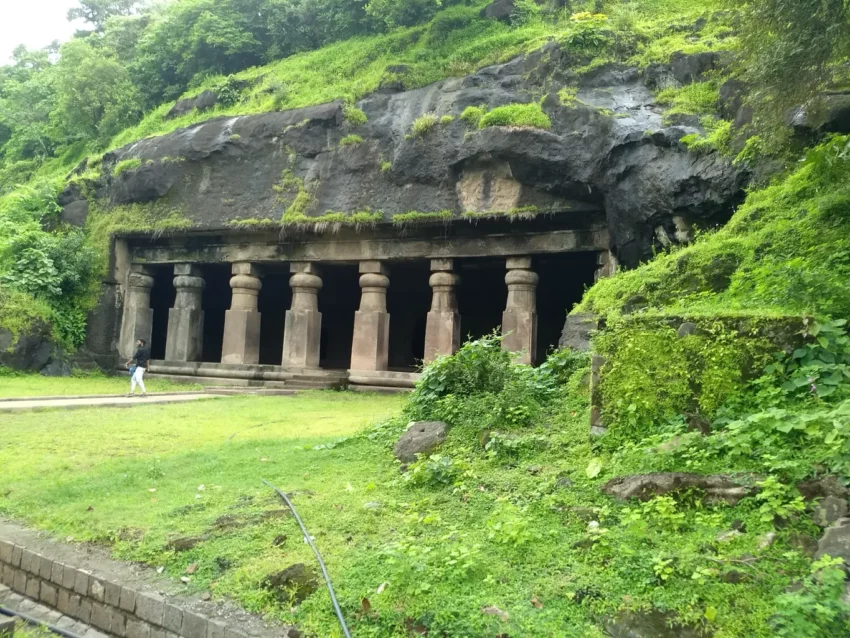Unveiling the Marvels of Elephanta Caves: A Journey Through History
The Elephanta Caves, a network of sculpted sanctuaries nestled on Elephanta Island in Mumbai Harbor, India, are a testament to the artistry and devotion of a bygone era. These rock-cut temples, predominantly dedicated to the Hindu god Shiva, stand as a magnificent example of Indian rock-cut architecture from the late 5th to late 8th centuries AD. The site’s massive stone sculptures, particularly the awe-inspiring 20-foot-tall Sadashiva statue depicting Shiva’s three aspects, have earned it a well-deserved place on the UNESCO World Heritage List (1987).
Get your dose of History via Email
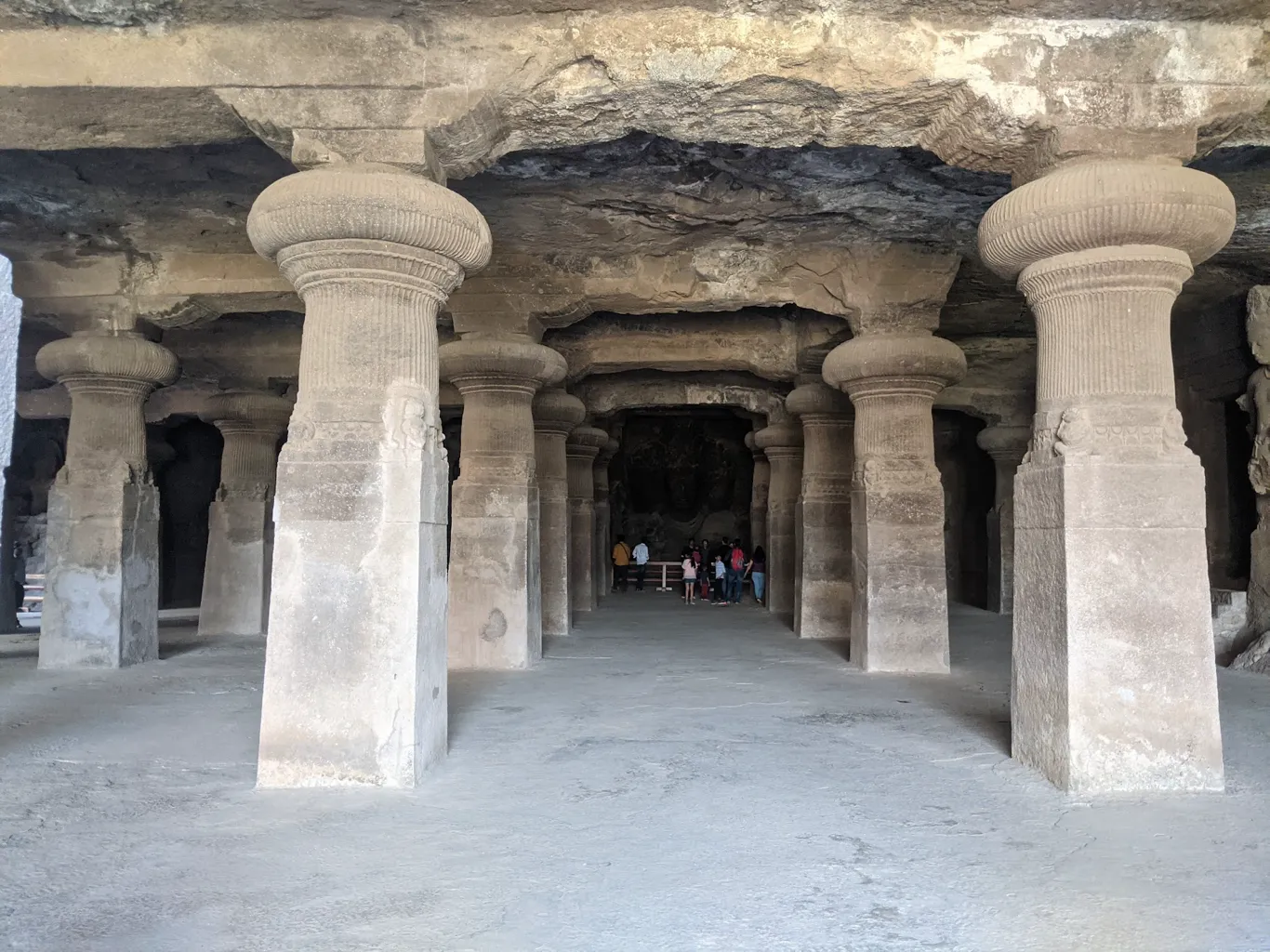
A Glimpse into the Past: Unveiling the Caves’ History
The 16th century marked the rediscovery of the Elephanta Caves by Portuguese explorers, who named the island after a large stone elephant they found nearby. The exact origins of the caves remain a mystery, though historians attribute them to the Konkan Mauryas based on artistic similarities. These caves served not only as religious centers but also as cultural hubs, drawing devotees and artists alike. Over time, the caves suffered damage, but fortunately, they are now a protected historical site.
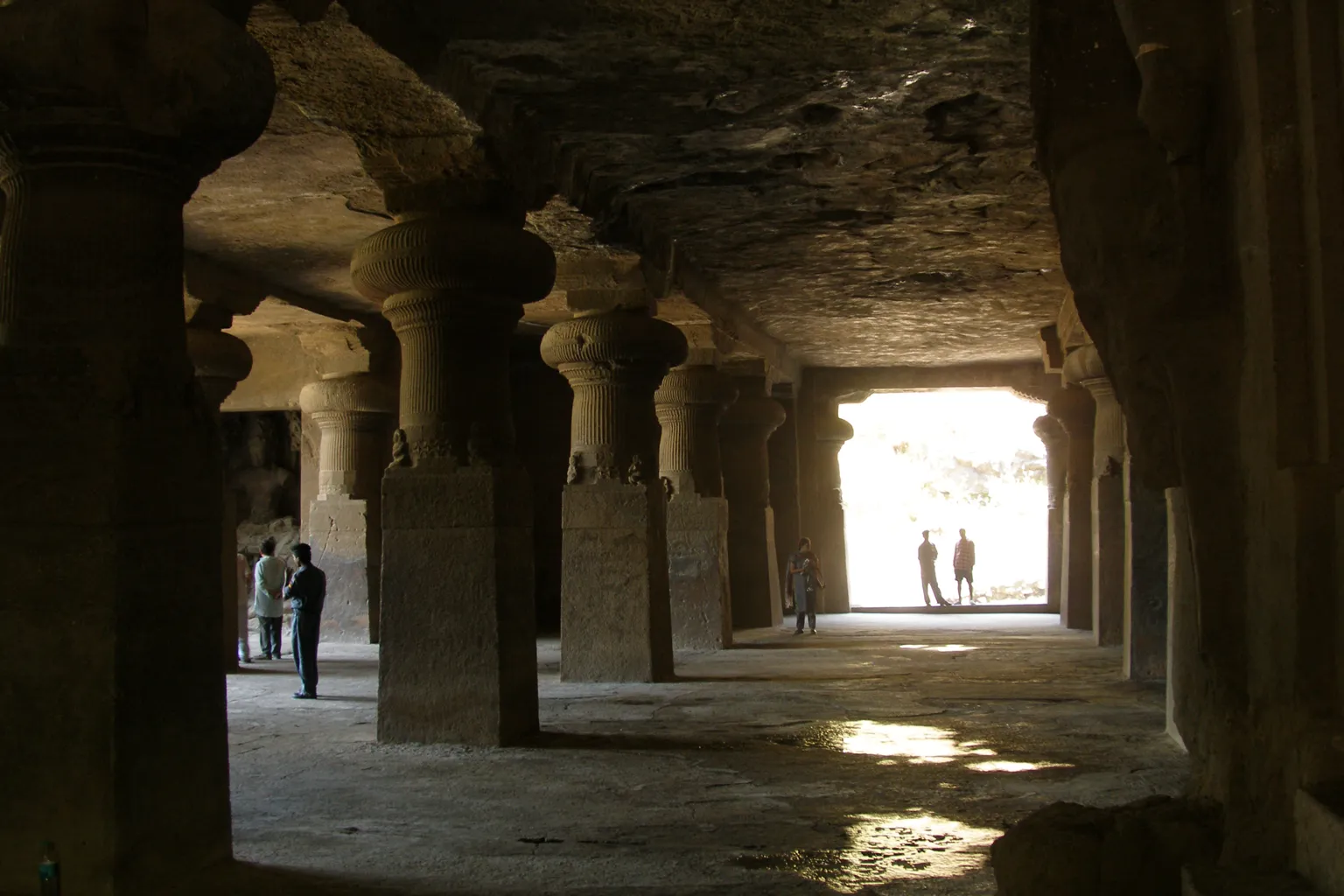
Unveiling the Builders and the Era
The construction of the Elephanta Caves is estimated to have taken place between the 5th and 8th centuries AD. While the exact patrons remain debated, some historians suggest the Kalachuris, a powerful Central Indian dynasty, might have initiated the project. Interestingly, the caves showcase a blend of Shaivite and Buddhist iconography, hinting at a period of religious tolerance. Cave 1, the largest and most impressive, boasts a captivating display of sculptures and architectural elements, all dedicated to Lord Shiva.
From Decline to Recognition: A Story of Preservation
Following the decline of the Konkan Mauryas, the caves fell into obscurity and disrepair. They were later rediscovered, but by then, many sculptures had been damaged, with the Portuguese further contributing to the destruction in the 17th century. Despite these setbacks, the Elephanta Caves have endured, serving as a valuable resource for archaeologists and historians, offering insights into the religious practices and artistic skills of ancient India.
The designation as a UNESCO World Heritage Site in 1987 marked a turning point. This recognition brought international attention and resources for preservation efforts. Today, the caves are a popular tourist destination, attracting visitors eager to witness the artistic and spiritual expressions of medieval India. The Archaeological Survey of India manages the site, ensuring its continued protection and conservation.
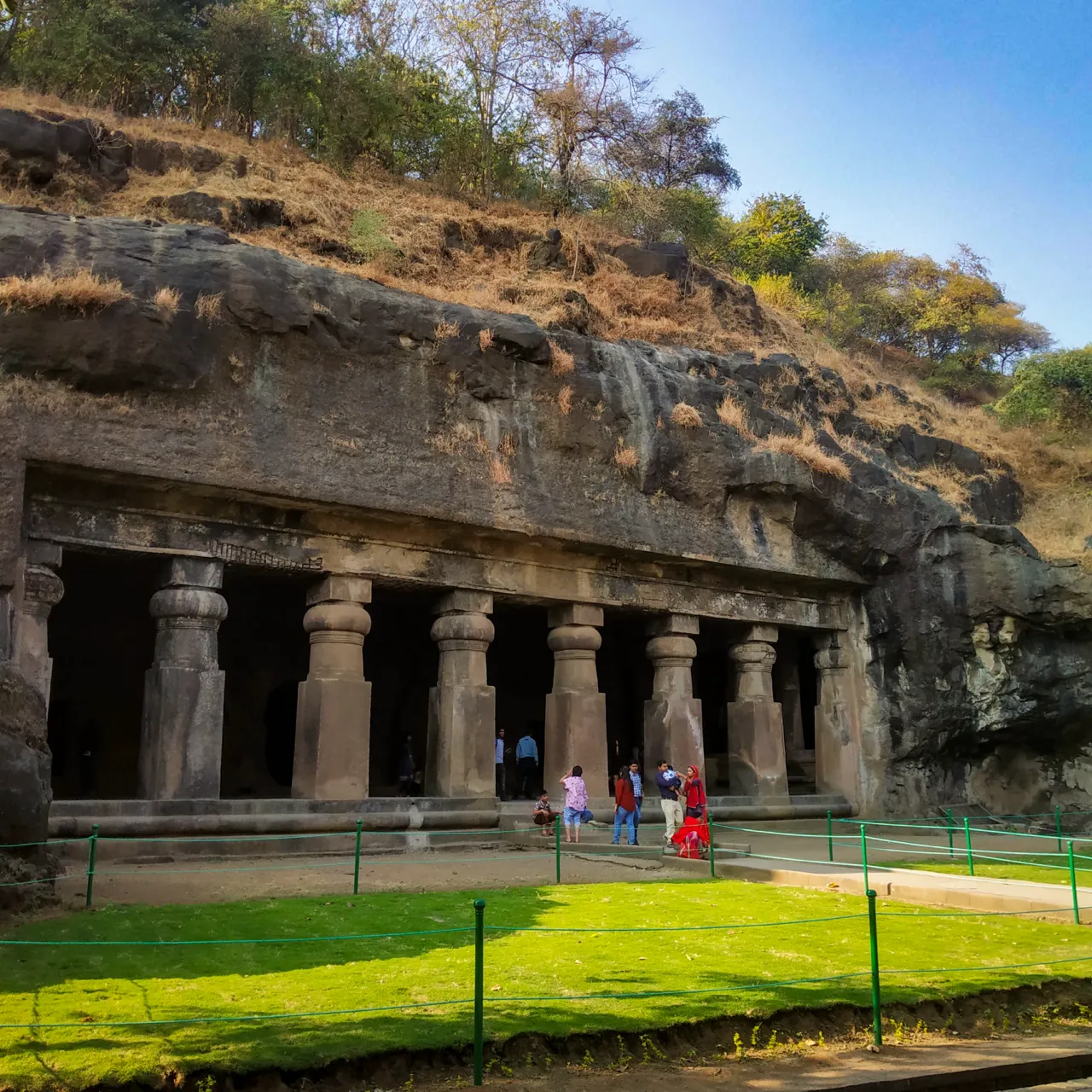
A Legacy of Art, Faith, and Inspiration
Throughout history, the Elephanta Caves have inspired awe and reverence. For centuries, they have served as a pilgrimage site for devotees. Their artistic legacy continues to influence modern Indian art and culture, with their iconography and sculptures finding new life in various contemporary expressions. The annual Elephanta Festival of music and dance further underscores the cultural significance of the caves, keeping their historical value in the spotlight.
Unveiling the Architectural Wonders: Exploring the Caves Themselves
The Elephanta Caves are a collection of cave temples primarily dedicated to Lord Shiva. Carved from solid basalt rock, they offer a captivating glimpse into medieval Indian art. The main cave (Cave 1) is a large, pillared hall with a square layout and adjoining chambers. The intricate rock-cut architecture is a testament to the exceptional craftsmanship and masterful stone carving techniques of the era.
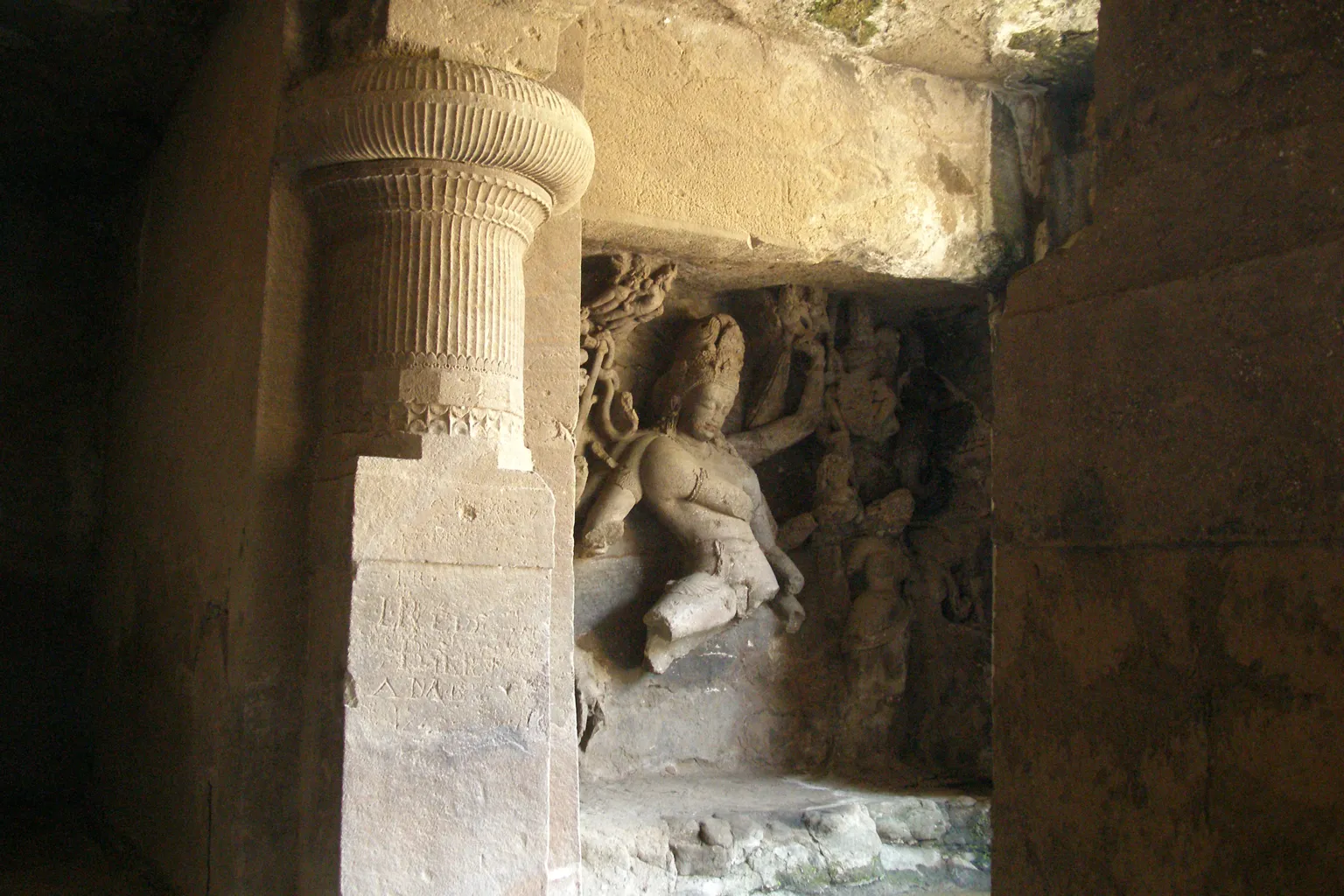
Awe-Inspiring Sculptures and Design
The most prominent feature of the caves is the Sadashiva sculpture, a magnificent portrayal of Shiva’s three faces: the Creator, the Preserver, and the Destroyer. Other remarkable sculptures and carvings include depictions of Shiva as Yogishvara (Lord of Yoga) and Nataraja (Lord of Dance). The walls come alive with panels illustrating various Shiva legends, from his marriage to Parvati to his battle with the demon Andhaka.
Unveiling the Construction Techniques
The construction methods employed at Elephanta involved meticulous chiseling of the rock to create the desired spaces and forms. Builders used hammers and chisels to carve the caves from top to bottom, a technique requiring meticulous planning and execution. The integration of architectural elements like columns and internal spaces into the overall design from the outset showcases the advanced planning skills of the artisans.
A Play of Light and Space
The main cave’s entrance aligns with the cardinal directions, a significant aspect of Hindu temple architecture. This alignment symbolizes the connection between the earthly realm and the celestial plane. As the sun moves throughout the day, the light bathes different sculptures and sections of the cave in a mystical glow, creating a dynamic and ever-changing visual experience for visitors.
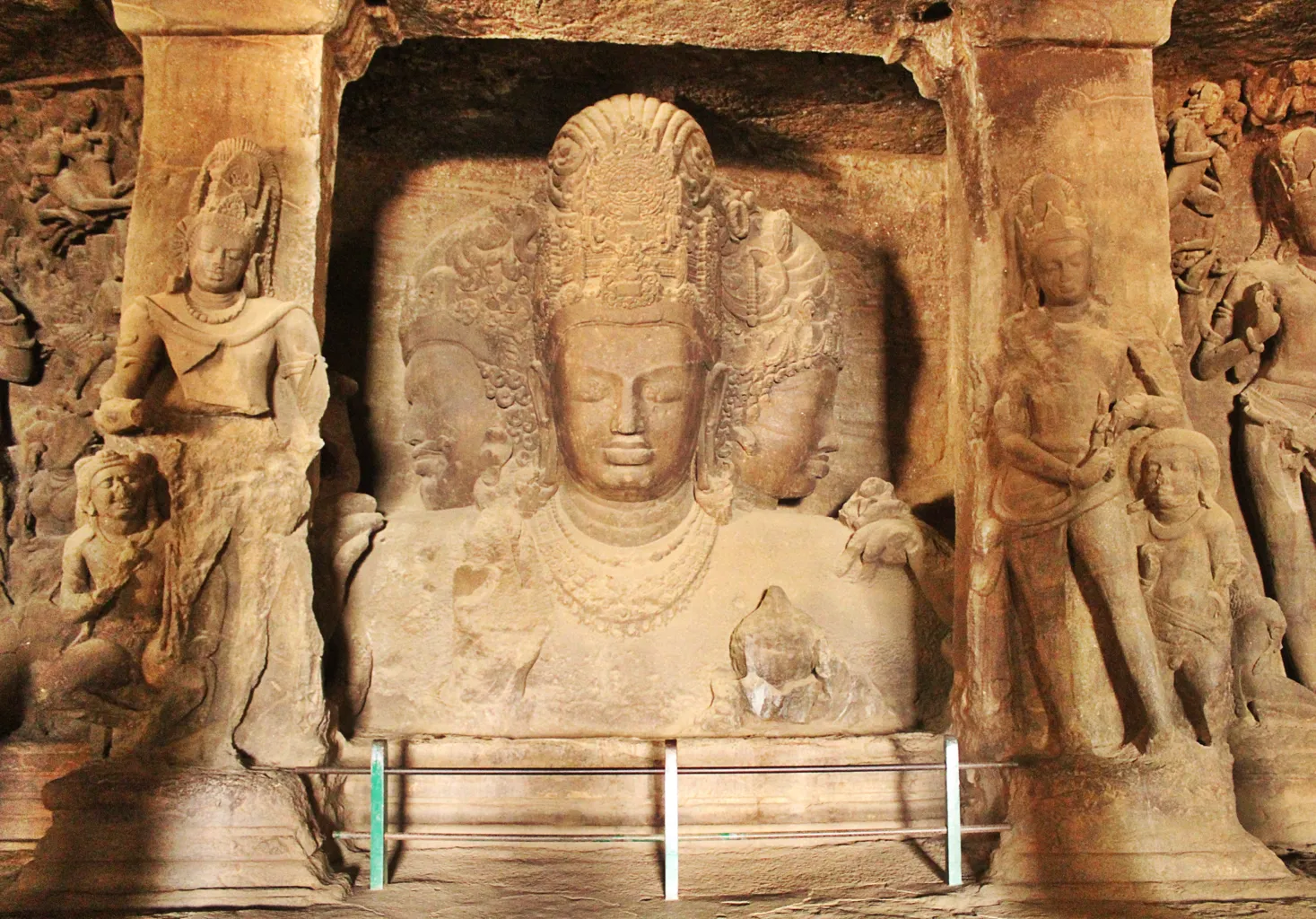
Preserving a Legacy
Despite enduring centuries of neglect and damage, the Elephanta Caves retain much of their original grandeur. Conservation efforts focus on stabilizing existing structures and preventing further deterioration. These caves stand as a powerful testament to the enduring legacy of India’s ancient rock-cut architectural traditions and the enduring devotion to the god Shiva.
Theories and Interpretations: Unveiling the Mysteries
The Elephanta Caves have been the subject of much debate and interpretation over the years. Their primary purpose is believed to be religious, serving as a place of worship and meditation. The dominance of Shiva-themed iconography suggests the caves were a significant center for Shaivism, a Hindu sect dedicated to Shiva. Scholars continue to analyze the symbolism behind the sculptures and their placement within the caves.
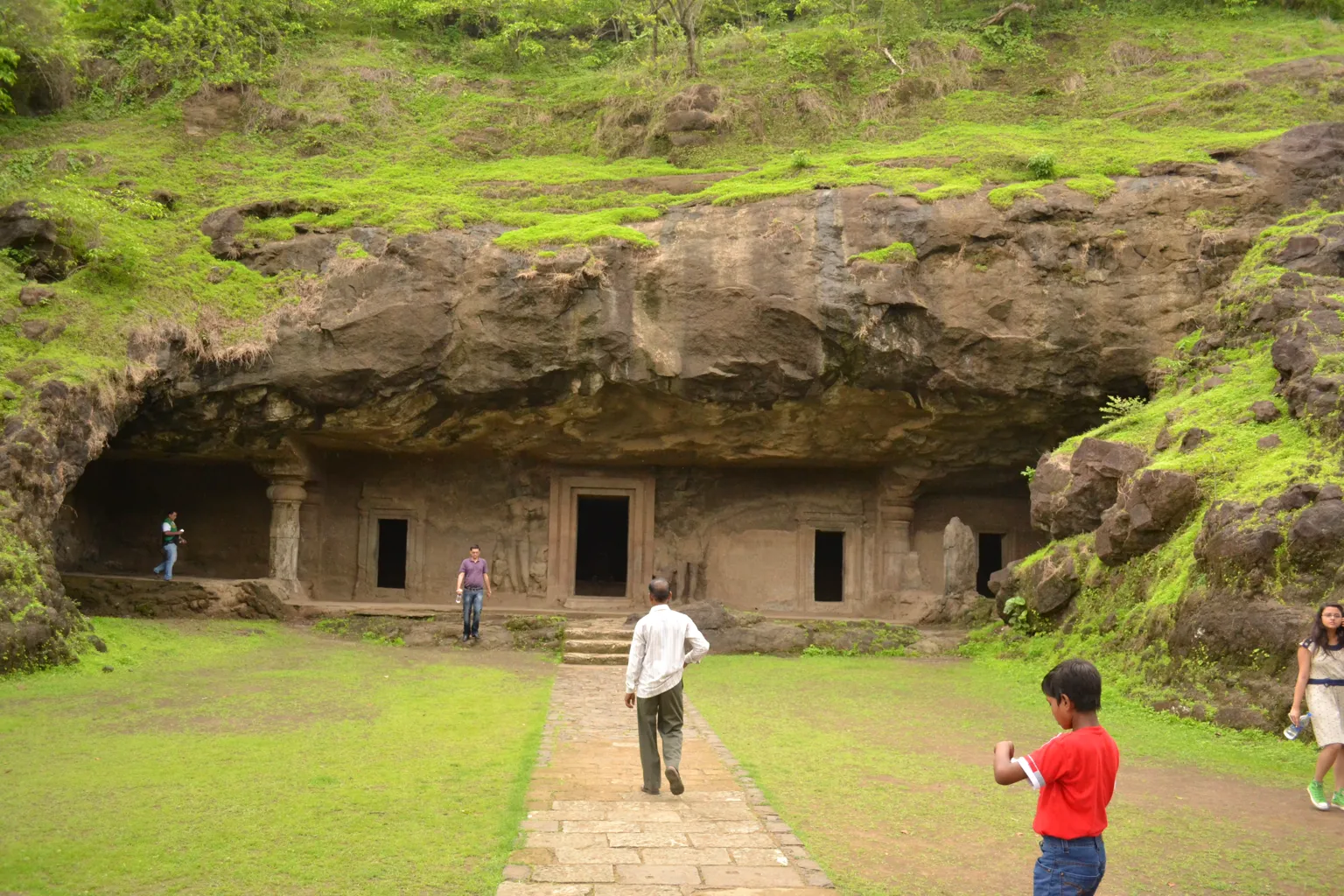
One intriguing theory proposes that the layout of the caves mirrors the sacred Mount Kailash, believed to be the abode of Shiva. The central axis of the main cave aligns with the cardinal directions, potentially symbolizing the cosmic axis connecting the heavens and the earth. The three faces of the Sadashiva sculpture are interpreted as a representation of the universal principles of creation, preservation, and destruction.
Local legends and historical figures are also woven into the narrative of the caves. Some believe specific rulers commissioned the construction, while others suggest it was a community undertaking. The presence of both Shaivite and Buddhist elements has sparked theories about the region’s religious climate during the construction period. Nearby Buddhist caves suggest a period of religious tolerance and interaction.
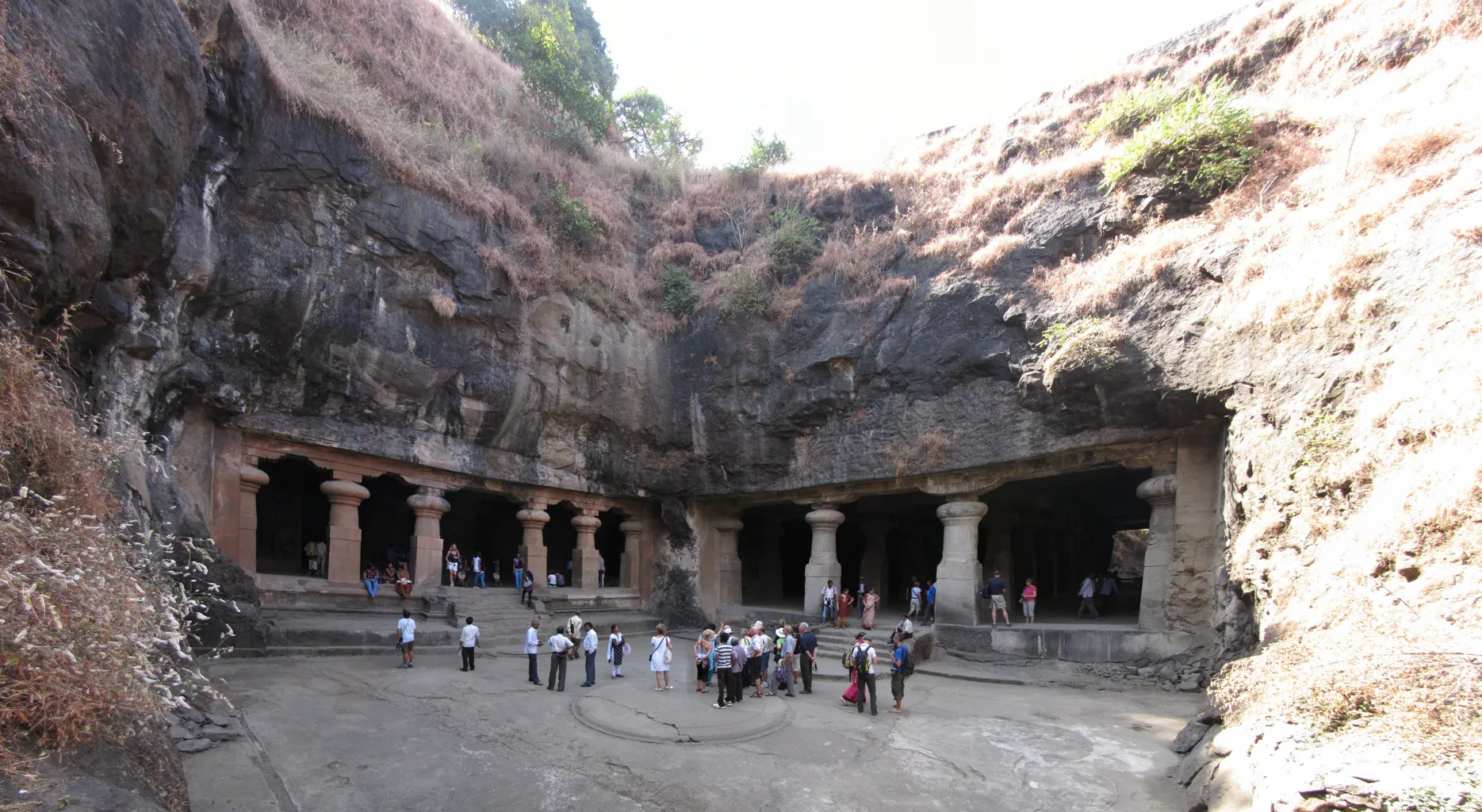
Dating the Caves: A Challenge and an Opportunity
Dating the Elephanta Caves has proven challenging due to the absence of inscriptions or historical records directly associated with them. However, a combination of carbon dating and stylistic analysis of the sculptures has provided estimates for the construction period. These methods place the caves between the 5th and 8th centuries AD, coinciding with the late Gupta period and the subsequent Kalachuri period.
The mysteries surrounding the Elephanta Caves continue to captivate historians and archaeologists. The remote location and the intricate carvings raise questions about the logistics of construction and the society that produced them. The Elephanta Caves remain a subject of ongoing research, with each discovery adding to our understanding of India’s rich cultural heritage.
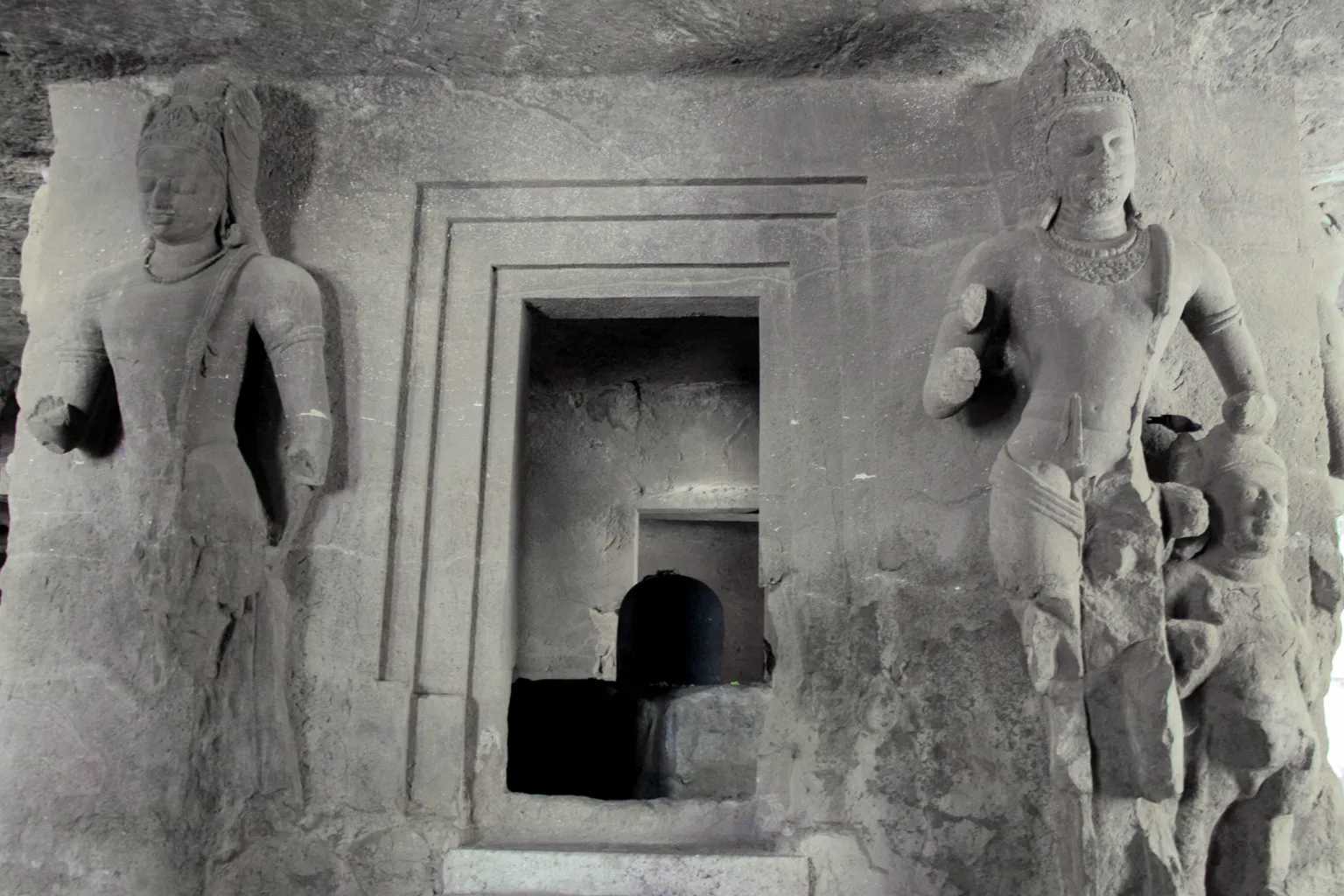
At a Glance
- Country: India
- Civilization: Konkan Mauryas, possibly influenced by the Kalachuris
- Age: Constructed between the 5th and 8th centuries AD
Sources:

